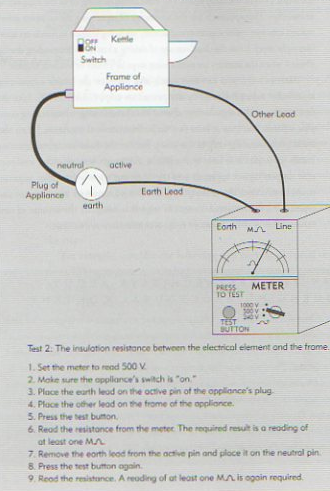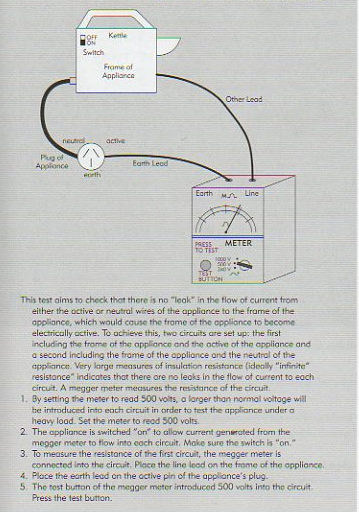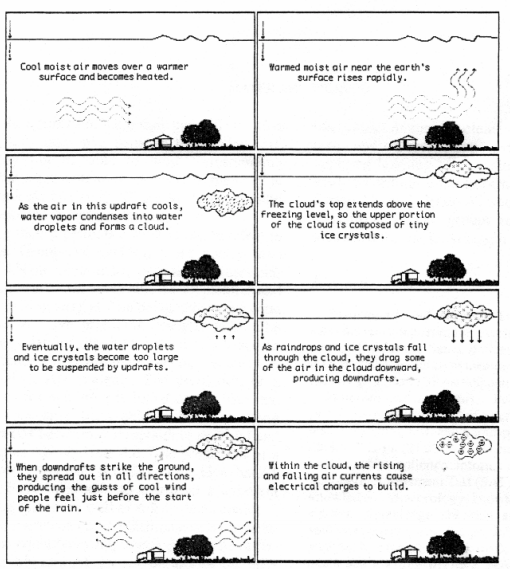The Segmentation Effect
Some information parcels are so complex, due to highly interacting elements, that they cause many learners to struggle in learning, due to very high levels of cognitive load.
The large parcel of information should be deconstructed into a set of smaller and less complicated segments.
Segmentation may be achieved by “slicing” a highly complex sequence of information into a series of segments presented in that series. Significant pauses at the end of each segment allow the learner to proceed when they choose to do so, after satisfying themselves that they are ready. In this manner the segments are presented as part of a linear chain.
Another way in which segmentation may be designed is by defining “iterations” through the content landscape. By way of example, the first iteration may provide the steps in a procedure without information explaining the reasons the steps are done in that sequence. In this case, the second iteration may again move through the procedure, but this time with detailed explanations for it.
An alternative structure to these iterations is to swap their order. The first iteration would present information regarding components of a procedure, without mentioning how they fit into a procedural context. The second iteration would focus on presenting the procedure, while not having to address information about components because it has already been presented in the first iteration.
In each of these situations, the use of segmentation is being used to manage the cognitive load imposed upon learners who need to deal with highly complex information. At the end of the instructional process, learners have acquired all of the information by spreading it across several segments.
Highly complex information should be broken into discrete segments in such a way that none of the individual segments impose excessive levels of complexity. The complexity is effectively being distributed across the segments.
Information regarding how to perform a procedure should be presented separately to information explaining the dynamics of the procedure, and why the steps are done in that sequence. Another segment may present information about the consequences of correct and incorrect performance of the procedure.
Learners should be able to move through each segment and from one segment to the next, at their own pace.
There is no limit on the number of segments that can be used. When the content area is of higher complexity, or when the learners level of expertise is lower (or both), a larger number of segments should be used.
Information that imposes very high levels of intrinsic cognitive load, due to high levels of element interactivity, may be too difficult for learners to manage in one activity. Breaking the information up into smaller segments helps to manage the intrinsic load of each single activity.
A common technique used for segmenting complex information regarding procedures is to segment the information into several iterations. One iteration presents information specifying the procedural sequence, while another iteration presents information regarding the rationale for that procedural sequence.
The segments should be presented in a sequence that broadly moves from less complex information to more complex information, thus leveraging the knowledge base that learners acquire as they move through the sequences.
Many areas of learning include technical words and definitions.
Such words and defintions are often presented "in situ" within the context of presenting information about the broad content area.
Sometimes there are many such technical words and definitions. Presenting them "in situ" may act as both a source of distraction from the meaningful aspects on new information, and also impose cognitive overload due to learners attempting to learn both vocabulary and process simultaneously.
In situations where there are many technical words, acronyms, definitions and jargon to be learnt as part of complex information dealing with processes, dynamical systems and procedures, then these two blocks of information should be seperated into segments and presented separately.
There is scope to present either words and definitions first, followed by process information, or to present process information first, followed by words and definitions.
It is argued that it is likely better to present information about processes first. This is because when the words and definitions are then presented, the associated meanings are already held and are simply being correctly labelled.
Areas where a high number of technical words, defintions, acronyms and jargon are likely to be encountered include anatomy, computer programming, and engineering.

Segmentation may be used to separate procedural information from rationale information.
By way of example, information specifying the sequence of steps in a procedure may be initially presented to learners without any explanation justifying the sequence. Learners are effectively being asked to "rote learn" the sequence because reasons are not being presented to enable them to understand it.
In this example from Pollock, Chandler & Sweller (2002), the information specifying the procedure for performing an insulation test is presented to learners without providing any rationale.

In a subsequent instructional presentation, learners are again presented with the procedure, but with additional information included to explain the rationale for the procedure.
It is argued that learners do not need to attend to learning the procedure as this has already been acquired in the first presentation. Learners can now focus their attention on understanding the rationale for the procedure.
These learners have effectively received two layers of information.
In controlled experiments by Pollock, Chandler & Sweller (2002), some learners were presented the "detailed" information of procedure plus the rationale twice. That is, they also received two iterations of learning as did their counterparts, but on both occasions received the full, complete, detailed information set. These students did not receive a “layered” approach using segmentation and subsequently did not learn as much as those who received the layered, iterative instructional design.

The dynamics of storms involve element interactivity between temperature, winds, humidity, electrical charges and other factors. These interact in a process that sometimes eventuates in a lightning strike.
These images are simple illustrations showing the dynamics of storms. They include simple cues in the form of arrows, indicating movements.
Each illustration also has, integrated within it, short textual statements describing the process.
These materials, and additional illustrations that follow, are designed to be presented via computer screens. The sequence of images may be set to run automatically, or it can be set to pause after each screen is presented and only continue to the next screen when commanded by learners to do so.
Due to the high levels of element interactivity between the various storm components, the information explaining the process and the embedded visual cues indicating directions of movements, it is argued that learners may need time to reflect upon the information contained in each screen before proceeding.
Each of these screens defines a segment of information regarding storm dynamics and the cause of lightning strikes. Providing learners time to reflect upon each of these segments, and to only proceed once they are ready to do so, increases learning.
Many studies have been conducted using these and similar materials on the dynamics of storms by Richard Mayer and his colleagues. Mayer and Chandler (2002) obtained results demonstrating that giving learners control over the pace of presentation proceedings increased their learning.
Mayer, R. & Chandler, P. (2001). When learning is just a click away: Does simple user interaction foster deeper understanding of multimedia messages? Journal of Educational Psychology, Vol 93(2), Jun 2001, 390-397. http://dx.doi.org/10.1037/0022-0663.93.2.390
Pollock, E., & Chandler, P., & Sweller, J. (2002). Assimilating complex information. Learning and Instruction, 12, 61-86.
Spanjers, I., van Gog, T., Wouters, P. & van Merrienboer, J. (2012). Explaining the segmentation effect in learning from animations: The role of pausing and temporal cueing. Computers & Education, Volume 59, Issue 2, Pages 274–280
